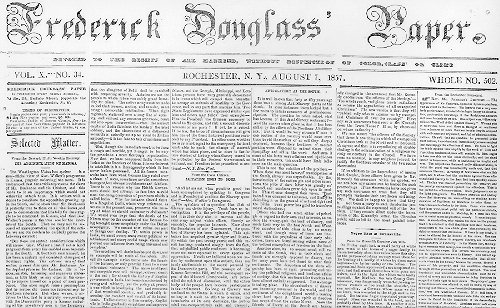The Regulation of Sleep and Circadian Rhythms: The Role of.
These molecular oscillators comprise several interlocked feedback loops at the gene expression level. In plants, the circadian clock was recently shown to be organ specific. The root clock seemed to involve only a morning loop whereas the shoot clock also includes an evening loop in a more complex structure.The circadian clock is tightly tied to the light environment. Transcriptional feedback loops are able to generate a self-sustaining rhythm of approximately 24 hours which impinges on almost every aspect of physiology in higher organisms.Secondly, melatonin mutants show a reduction in sleep in animals with no functional behavioral rhythms suggesting that melatonin does not require intact circadian rhythms for its effect on sleep. Thirdly, melatonin mutants do not exhibit any changes in circadian rhythms, suggesting that the circadian clock does not require melatonin for its function.
This PhD project will investigate how the genetic targets of the circadian clock change as plants age, with a focus on environmental signaling and developmental genes. We are looking for a candidate that wants to develop into a well-rounded computational and experimental scientist. For instance, a.The circadian clock is an endogenous mechanism that provides a wide variety of organisms with the ability to anticipate daily environmental changes. It was shown that under cyclic and constant light growth conditions Arabidopsis exhibits rhythmicity in Botrytis cinerea resistance, with maximal resistance observed when leaves were inoculated at dawn.

Circadian clocks involve feedback loops that generate rhythmic expression of key genes. Molecular genetic studies in the higher plant Arabidopsis theliene have revealed a complex clock network. We begin by modelling the first part of the Arabidopsis clock network to be identified, a transcriptional feedback loop comprising TIMING OF CAB EXPRESSION 1 (TOCl), LATE ELONGATED HYPOCOTYL (LHY) and.












